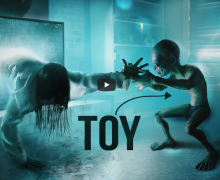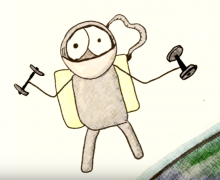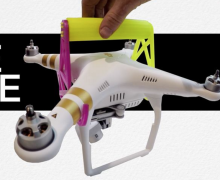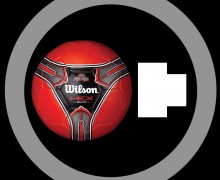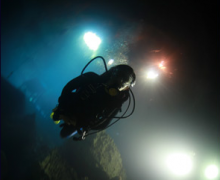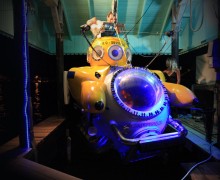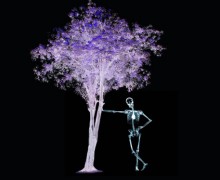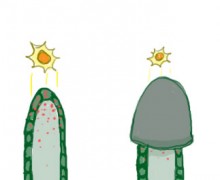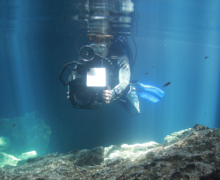QR Codes in Science and Education
The distribution of scientific materials and educational resources has been significantly enhanced by QR codes. Whether it’s linking to research papers or providing quick access to learning modules, using a free qr code simplifies the process and makes knowledge more accessible.
QR codes serve as a bridge between printed and digital materials, allowing students, researchers, and educators to interact with content in innovative ways.
How QR Codes Enhance Science and Education
QR codes offer a seamless way to share information, making them invaluable in both scientific research and educational settings. Researchers use them to provide access to supplementary materials, datasets, and detailed explanations, while educators incorporate them into lesson plans for interactive learning.
For example, QR codes on lab equipment or classroom handouts can link directly to instructional videos or detailed guides, enhancing comprehension and application. They also simplify access to vast libraries of academic resources by embedding links into textbooks or posters.
How to Integrate QR Codes in Education and Science
Incorporating QR codes into educational and scientific resources is straightforward with tools like free qr code generator online platforms. Here’s how they can be used effectively:
- Use an online qr code generator, such as me-qr.com, to create QR codes for specific resources like videos, research papers, or lesson plans.
- Customize QR codes to align with the institution’s or project’s branding, incorporating logos or thematic colors.
- Test the QR codes to ensure they work seamlessly across various devices and platforms.
- Strategically place QR codes on printed materials, lab equipment, or classroom displays for maximum visibility and usability.
One effective strategy for educators and researchers looking to enhance knowledge sharing is to meticulously follow the step-by-step guidelines for creating QR codes that are not only functional but also visually appealing.
AI and QR Codes in Education
Artificial intelligence adds a new dimension to how QR codes are used in education and science. AI-powered qr generator online tools can personalize the user experience, offering content tailored to the individual. For instance, scanning a QR code on a textbook could lead to quizzes adapted to the student’s learning pace or direct researchers to related articles based on their field of interest.
Platforms like me-qr.com integrate these AI features, making QR codes smarter and more dynamic, ensuring users get the most relevant and impactful information.
Conclusion
As digital tools become more embedded in education and research, QR codes will continue to play a pivotal role in enhancing access to information. From simplifying research sharing to fostering interactive learning environments, QR codes are revolutionizing how knowledge is distributed and consumed.
Using a free qr generator, educators, and scientists can create QR codes that seamlessly integrate into their projects and materials. Platforms like me-qr.com make it easy to design and implement these tools, ensuring they serve as effective links between physical and digital knowledge.
With their simplicity and versatility, QR codes are shaping the future of science and education, making learning and discovery more inclusive and engaging than ever before.







